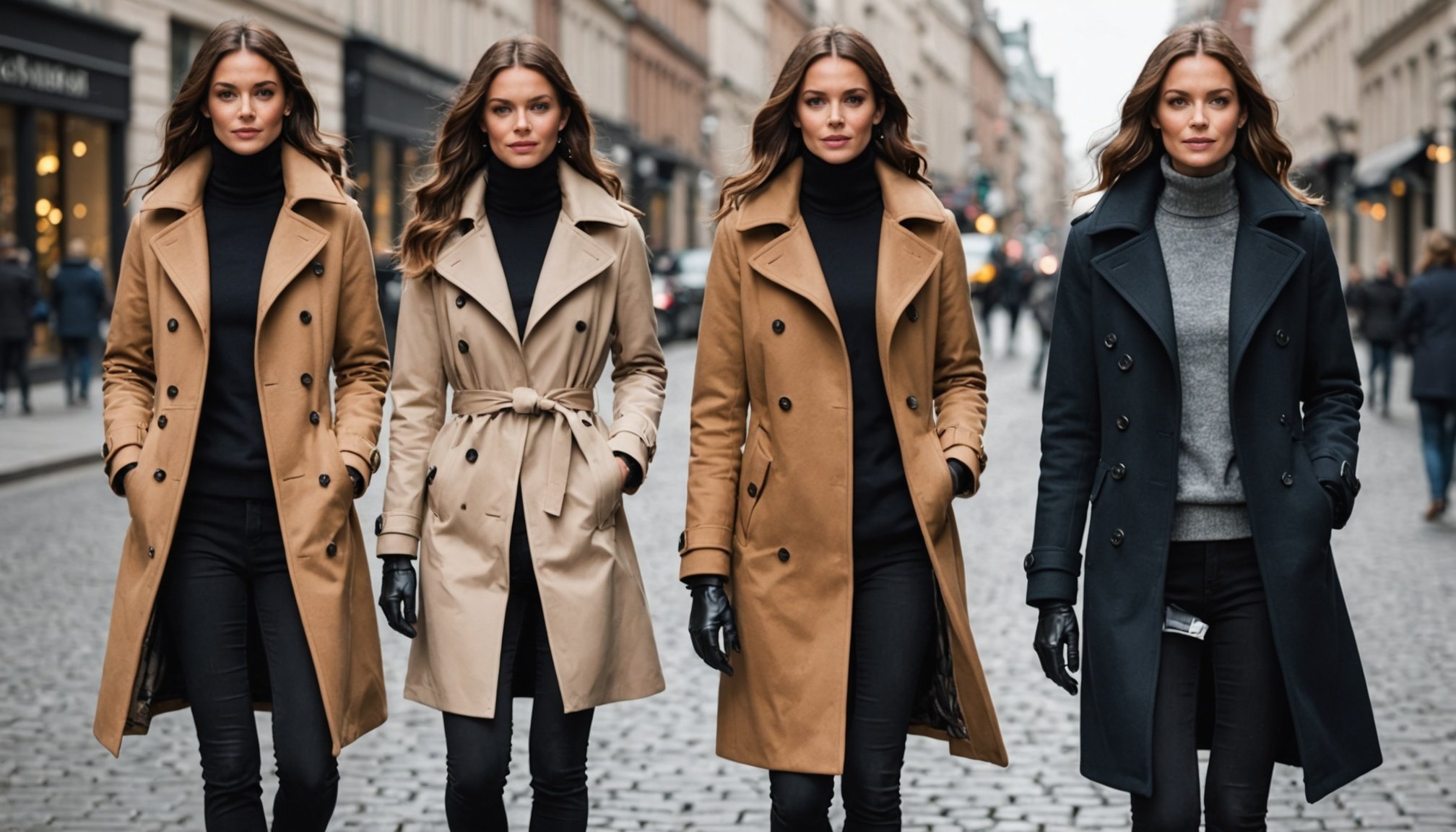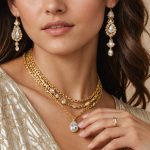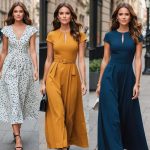Essential Insulation Types
When considering insulation to keep you warm during winter, it’s important to understand the different materials available and how they vary in maintaining warmth.
Different Insulation Materials
Two primary types of insulation materials are commonly used in winter clothing: down and synthetic insulation. Down, often sourced from duck or goose feathers, is highly praised for its excellent warmth-to-weight ratio. It effectively traps heat, providing superior warmth. However, it tends to lose its insulating properties when wet, posing a challenge in damp climates.
Have you seen this : Discover the best dumbo plush toys: soft, cuddly fun for everyone
On the other hand, synthetic insulation is crafted from man-made fibers designed to mimic down’s properties. While it may not hold the same warmth-to-weight ratio as natural down, synthetic insulation maintains its insulating capabilities even when wet, making it a preferred choice for wet or humid winter conditions.
Benefits of High-Quality Insulation
Investing in high-quality insulation offers significant benefits. It not only ensures optimal warmth retention but also enhances comfort by making garments lighter and more breathable. For harsh winter climates, choosing the right material can significantly improve your outdoor experience.
Also read : Essential Tips for Mastering the Art of Layering Delicate Gold Jewelry
Comparison for Winter Climates
In choosing between these insulation types, consider your local climate. Dry, cold conditions may favor down insulation, while synthetic insulation is better suited for moist or rainy areas. Always weigh the benefits each material offers to make an informed decision.
Waterproofing Features
When it comes to winter coats, the importance of waterproofing cannot be overstated. During cold and wet weather, staying dry is crucial for comfort and health. Waterproof coatings in winter coats offer this essential protection, ensuring you remain dry even in heavy rain or snow. These coatings not only prevent water from seeping in but also maintain breathability.
Different Waterproofing Technologies
The market offers a variety of waterproofing technologies, each with its unique features and benefits. GORE-TEX is a well-known technology that provides reliable waterproofing while remaining breathable. It uses a unique membrane that blocks liquid water but allows water vapour to escape, keeping you dry from both external and internal moisture. Another popular technology is DWR (Durable Water Repellent), which is a coating applied to fabrics to make them water-repellent. While DWR is effective, it may require reapplication over time to maintain its effectiveness.
Evaluating Waterproof Coatings
When assessing the effectiveness of waterproof coatings, consider factors such as the coat’s exposure to extreme weather and its durability over time. A high-quality waterproof coat should resist water penetration and wind while offering comfort and longevity. Always check reviews and product specifications to ensure you’re choosing a coat with the best waterproof features for your needs.
Importance of Fit and Comfort
When selecting winter gear, understanding the balance between fit and comfort is crucial. A proper fit ensures your coat protects against the elements and maximises comfort during wear. Here, we explore the key considerations for sizing and achieving the perfect fit.
Key Factors to Consider
First, assess your sizing needs based on your activity level and personal preferences. Tight-fitting coats may restrict movement, while too loose can result in warmth loss. The right fit should accommodate layers without compromising your freedom.
Consider the length and coverage too. Longer coats are ideal for harsh climates, while mid-length allows for easier movement. Check sleeve length to ensure they cover your wrists, especially when stretching or bending.
Relationship Between Fit and Comfort
Comfort relies heavily on how well your coat fits. Proper sizing helps maintain body heat, crucial for cold weather conditions. A well-fitted coat reduces friction or pressure points, preventing discomfort during prolonged wear.
Tips for Trying on Winter Coats
When trying on, wear typical winter layers to accurately gauge the comfort and fit. Move around, lift your arms, and make sure the coat doesn’t restrict you. Look for adjustable features like drawstrings or straps to fine-tune the fit as needed. These steps help ensure your coat offers both fit and comfort through the cold season.
Breathability in Winter Coats
Breathability in winter coats is more crucial than many realise. The principle of breathability ensures that as you keep warm, you also remain dry by allowing air to circulate. This airflow helps manage moisture, preventing the uncomfortable feeling of clamminess.
Why Breathability Matters
When engaging in outdoor activities, moisture management becomes vital. Without proper breathability, sweat accumulates, causing discomfort and reducing warmth retention. Breathable materials regulate the airflow, ensuring moisture escapes before it saturates the fabric.
Different Breathability Features
Technologies such as Gore-Tex and eVent membranes effectively amplify a coat’s breathability. These membranes use microscopic pores that are small enough to impede water droplets but large enough for airflow, allowing sweat to dissipate. Additionally, pit zips and mesh linings contribute to enhanced moisture management by fostering airflow and ventilation.
Recognising the Signs of a Breathable Winter Coat
To identify a coat’s breathability, inspect for features like ventilation zippers or mesh linings. Labels indicating moisture management technologies are strong indicators of a jacket designed to breathe. Moreover, after wearing the coat, assess if there is a lack of dampness, a testament to effective airflow and moisture release. That seamless experience between warmth and dryness marks the coat’s superior breathability.
Functional Pocket Design
When it comes to pockets, functionality is key. A well-designed pocket can make all the difference in how a garment performs, especially in winter conditions.
Types of Pockets and Their Practical Uses
There are various types of pockets each serving distinct purposes. Patch pockets are external pockets sewn onto the garment, ideal for easy access items. Welt pockets offer a sleek look, often used in suits, providing minimal space but maintaining style. On the other hand, cargo pockets are roomy and typically utilized for storing larger items such as gloves or scarves, making them perfect for winter wear.
Importance of Pocket Placement
Pocket placement significantly affects accessibility. Pockets positioned at hip level are easily reachable, ensuring items are at hand when needed. For outerwear, chest pockets might be more suitable for storing smaller items like mobile phones, keeping them secure yet accessible.
Best Practices for Using Pockets in Winter Conditions
Winter conditions demand thoughtful use of pockets. It’s advisable to distribute items evenly to maintain balance and avoid overstuffing which could strain the fabric. For items that need warmth, such as phones or batteries, keeping them in interior pockets nestled close to the body helps maintain functionality.
Maximizing storage within a garment involves understanding the distinct attributes of each pocket type and utilizing them to their potential, ensuring both style and convenience are maintained.
Style and Versatility
Winter coats are more than just a shield against the cold; they are a style statement. When selecting a coat, it’s vital to consider both fashion and versatility. The variety of styles available ensures there’s something for everyone, whether you’re seeking a trendy look or one that accommodates different settings. Let’s explore some popular options.
Puffer jackets are perfect for those who value warmth and a casual style. With their lightweight design, they provide excellent insulation without sacrificing mobility. Ideal for everyday wear, their versatility allows them to pair seamlessly with both jeans and more formal attire.
For a more elegant appearance, a trench coat is timeless. Its sleek design suits both professional environments and casual outings. A neutral-toned trench is particularly versatile, adapting well to different colours and fashion staples in your wardrobe.
A parka offers a rugged yet stylish option, blending functionality with fashion. Parkas are typically equipped with a hood and fur lining, making them excellent for harsh weather conditions. They strike the perfect balance between style and practicality, suitable for both urban and outdoor settings.
To choose a coat that balances style and functionality, consider your lifestyle and the climate. Versatile options like these ensure you remain fashionable without compromising comfort. Remember, practicality doesn’t have to come at the expense of style.
Brand Comparisons and Reviews
When it comes to winter coats, choosing the right brand is key to ensuring both warmth and style. Several top brands stand out in terms of quality, making them popular choices among consumers. For instance, Canada Goose is renowned for its durable and warm jackets, perfect for extreme climates. Another brand, Patagonia, offers environmentally friendly options without compromising on quality.
Reading customer reviews is crucial before settling on a purchase. Reviews provide insights into the product’s real-world performance, durability, and true-to-size measurements. They also highlight common customer concerns, helping you avoid potential pitfalls. For example, you might find that a particular brand runs smaller than expected or isn’t as warm as advertised.
Considering warranty and service options is equally important. A robust warranty can indicate a brand’s confidence in its quality. Brands like The North Face offer comprehensive warranties, reflecting their commitment to longevity and customer satisfaction.
When comparing brands, it’s beneficial to weigh these aspects closely. High-quality winter coats often come with a higher price tag, but the investment can be justified with exceptional durability and excellent customer service. Keep in mind that a trusted brand not only offers quality but peace of mind during your chilly adventures.











